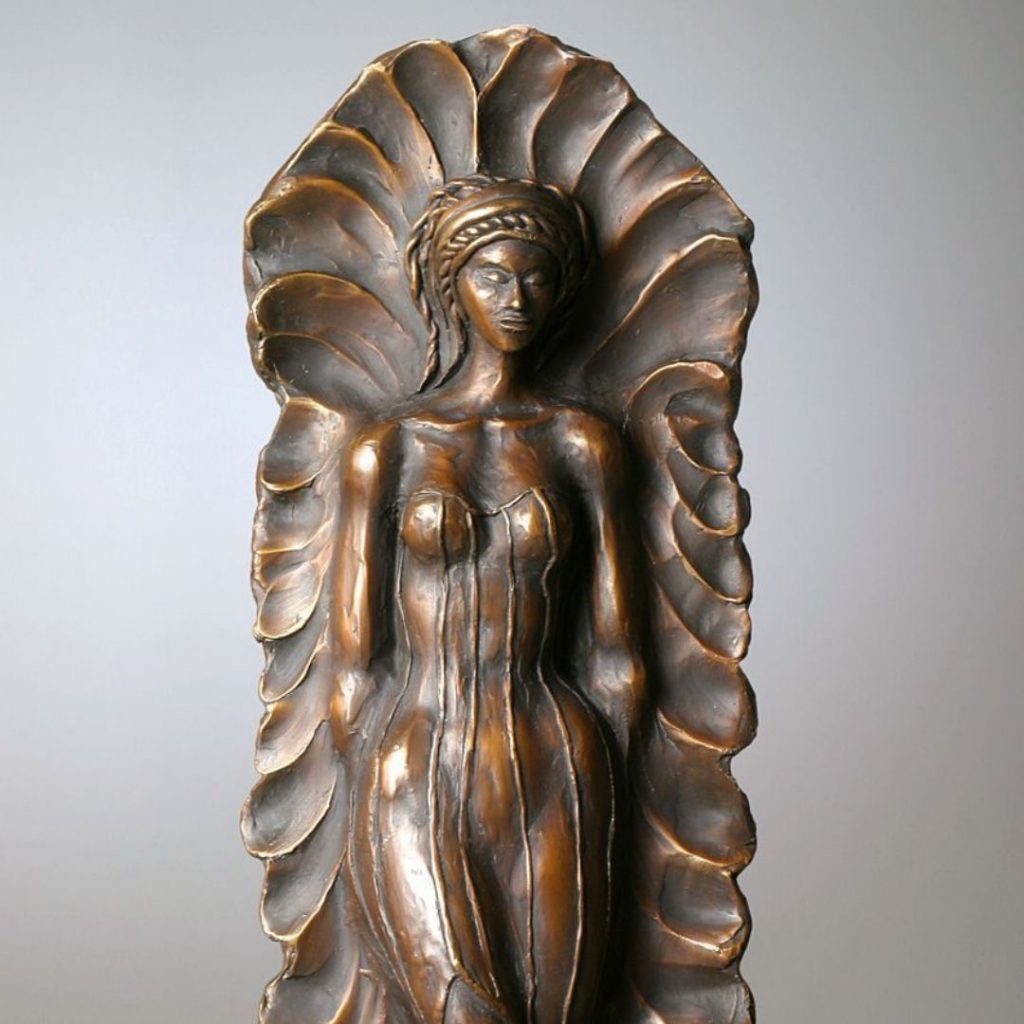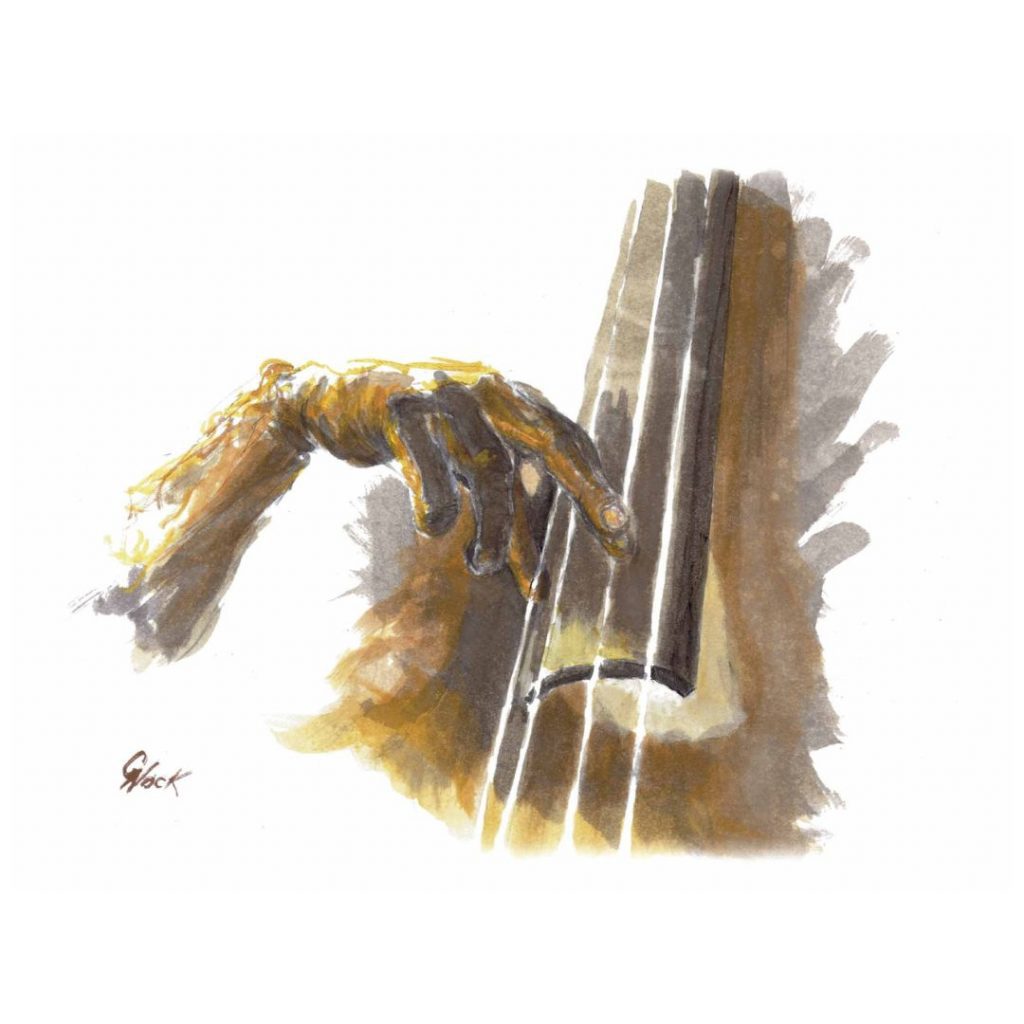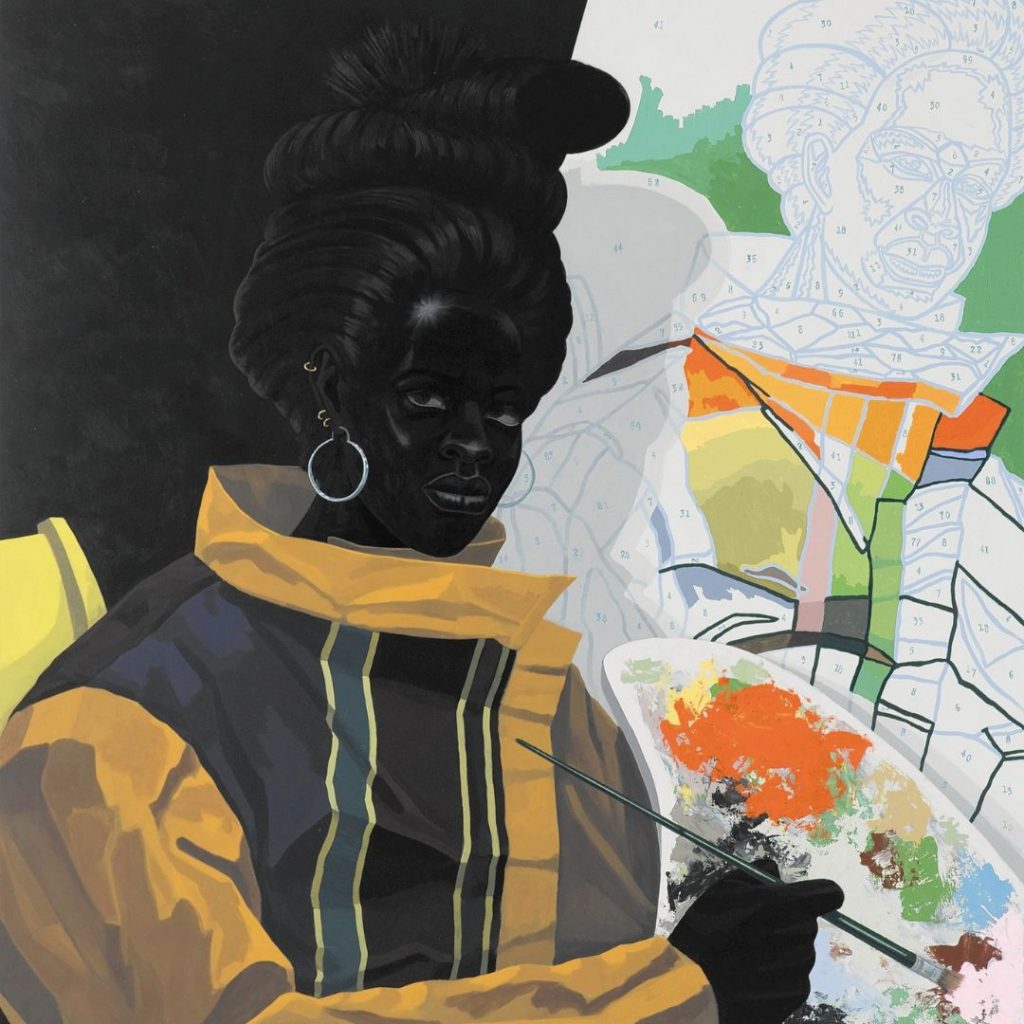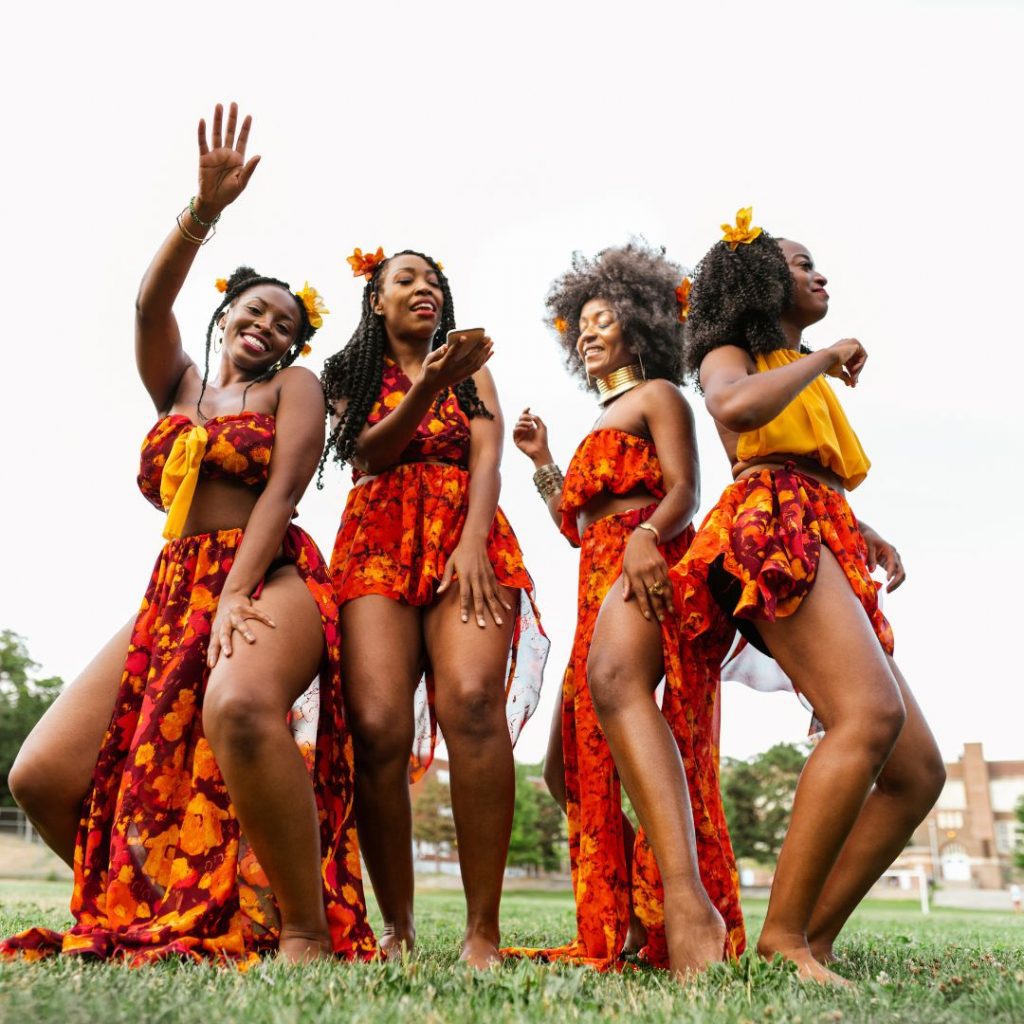How Different Art Forms Are Showcasing the Black Diaspora at Different Times
The black diaspora refers to the voluntary and forced migration of black people to different locations worldwide. Some historical movements that resulted in such shifts include slavery and colonization. Throughout these times, the black community used various forms of artwork to document their stories and keep their black culture alive. Our JARO team would like to provide you with insight into how art forms have showcased the historical stages of the black diaspora.

Sculptures
Unfortunately, most sculptors who received credit for their work during the earlier centuries were white males, even though there were many black art creators. However, in the late 19th century, Edmona Lewis (a woman who was both black and Native American) rose above and became the first famous sculptor of African descent. One of her most famous artworks, “The Death of Cleopatra,” is thought to represent women’s empowerment because Cleopatra sealed her own fate on her own terms.
Another of Lewis’ works, “Forever Free (Morning of Liberty),” depicts a black man and black woman grateful to be freed by the Emancipation Proclamation. This sculpture provided hope for black people that they would not only be free but also be treated as equals someday.

Music
Black people used songs to communicate about hardships and struggles they faced in America; they also used the lyrics to celebrate triumphs and successes. During slavery, music was a way for black people to communicate hope and optimism to each other, ultimately keeping the hope alive. Black people who were slaves would sing while they worked to keep themselves motivated and their spirits up. Additionally, they sang spirituals to express faith and resilience.In the 20th century, black artists used blues and jazz music to express their feelings about discrimination and oppression. Music allowed black culture to enter the country and enlighten the public. More recently, hip-hop has become a powerful art form for rappers such as the late Tupac Shakur and Kendrick Lamar. Their music continues to emphasize realities in the black communities as well as highlight experiences from the black diaspora.

Paintings
A notable period in history is the Harlem Renaissance. This was the duration between World War I and the Great Depression when black art, music, acting, and writing were on the rise. Many of the Harlem artists during this time rebelled against the unfair treatment of black people.Aaron Douglas, an artist around this time known as the “father of African American art,” painted an art piece entitled “Into Bondage” that shows black people wearing shackles, bound for America. While many artworks of the time took a similar route regarding slavery, Douglas also goes on to illustrate hope in his painting; he expected black people to be free from slavery someday. This proves that even when times were tough for black people, they stayed strong and saw a promising future.

Dance
Art takes many forms, including dance. When black people were enslaved and brought to America, slaveowners tried to strip them of their black culture, as they wanted black people to assimilate into the new culture. Fortunately, dance remained an important form of expression and communication among black people, eventually becoming a form of black art. It allowed black people to hold on to their heritage.
Due to the black diaspora, many unique dance styles were born, including the Lindy Hop, the Charleston, the Jitterbug, and the Twist. The techniques developed by the black community have shaped modern dance and made it what it is today. Black people continue to use dance as a valuable art form to express themselves and assert their identities.
Here at JARO, our goal is to keep the black culture alive by encouraging talented black people to display their skills and artwork, as they, unfortunately, didn’t always have the luxury of doing so. We have a lot of black artwork for you to discover, so support the movement by checking out our artists’ work! Feel free to contact us with questions or concerns!
No Comments